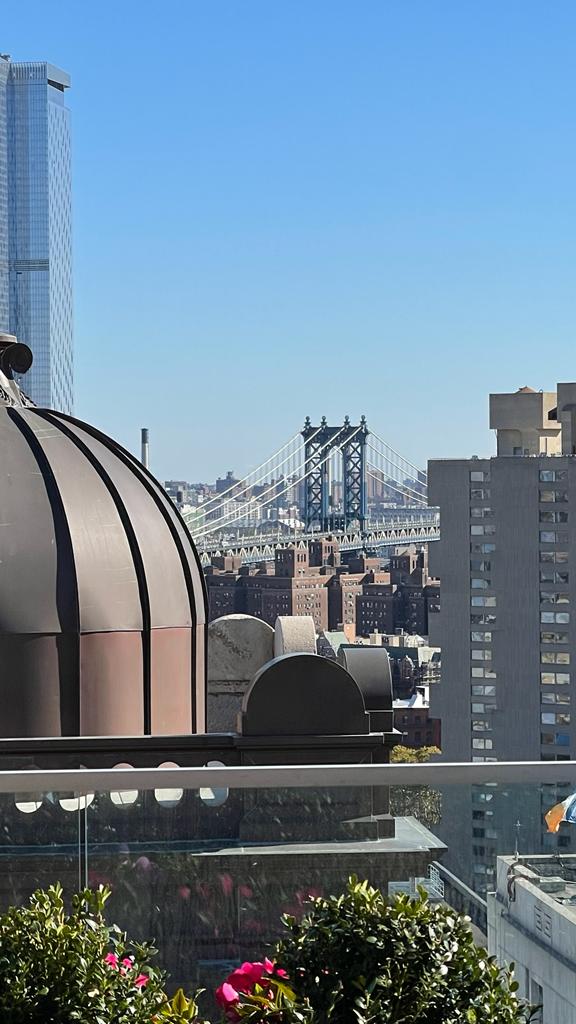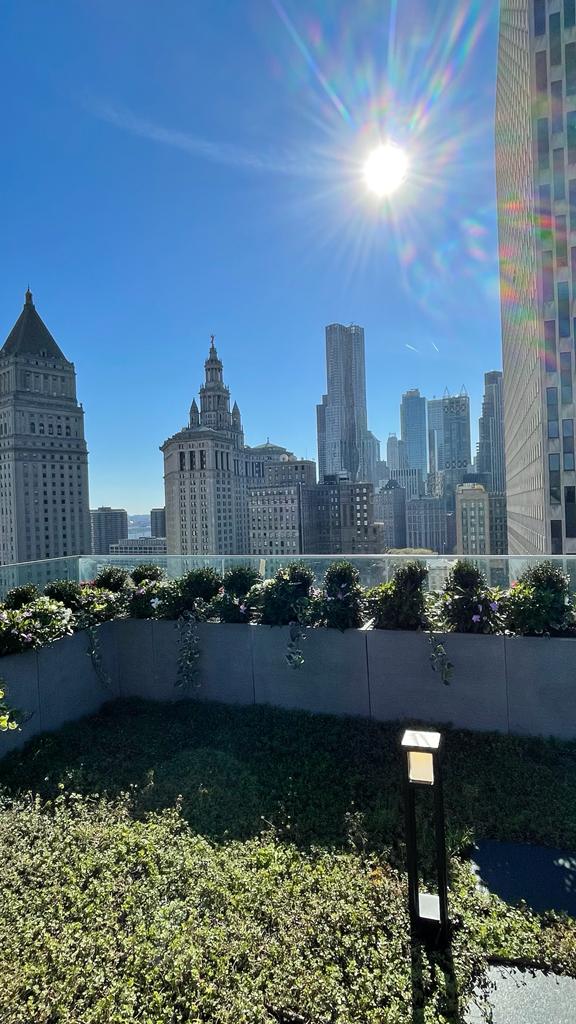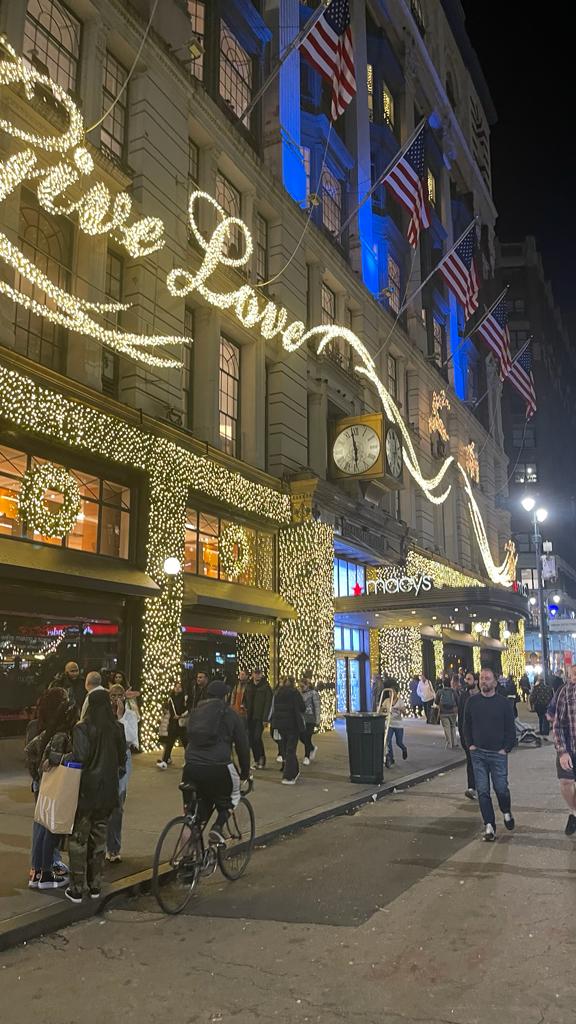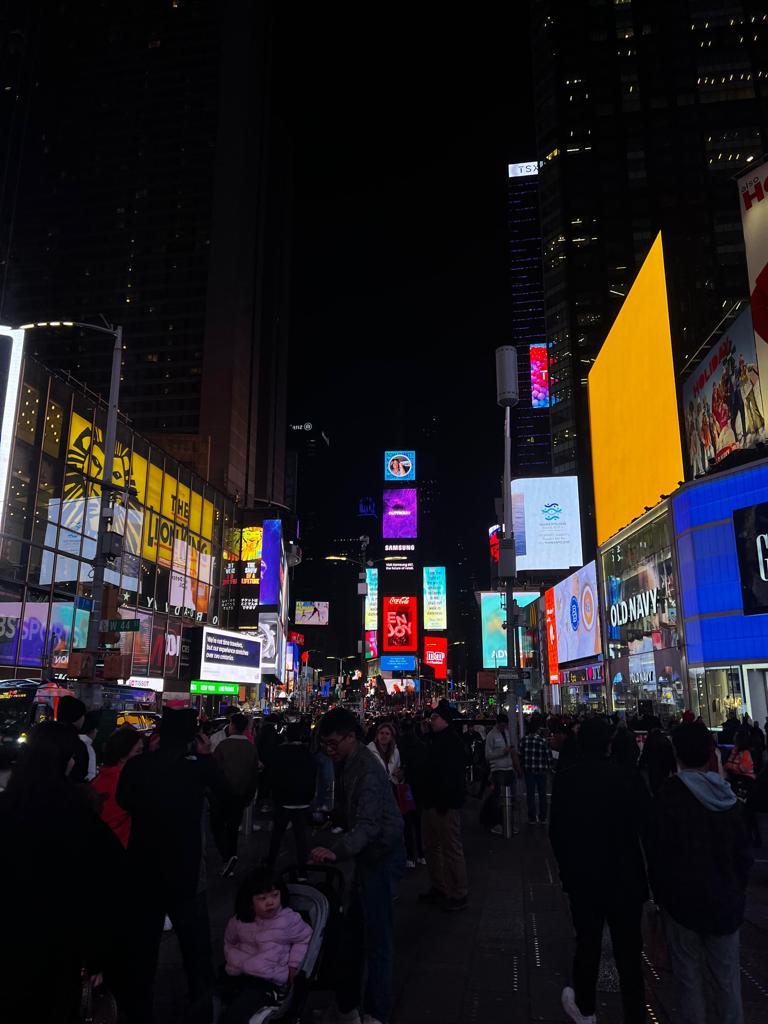
Menu
Day 23 – Sunny Friday
Timothe and Ainhoa, went to work from Janosch’s place. Ainhoa successfully completed her tasks, and Janosch praised her work. Timothe focused on improving infrastructure. We enjoyed working on the rooftop a luxury we rarely experience in Swiss offices.
In the Nomadworks office, Dila, Michel, and Albin were hard at work, progressing on their ongoing projects. Matteo continued his work for GZA. He’s been working on implementing a whole lot of success stories and News to each subpage’s footer. This was kind of tricky because he didn’t really have much leeway when it came to the design. Matteo then thought about writing HTML code in the WordPress template because the actual HTML code will be displayed on the website and so he can do his own design. One shouldn’t really do this because it makes it hard for non-developers to edit this content.
He discussed this afterwards with his supervisor Lukas Sieber and they came to the conclusion that Matteos idea will be implemented. So, he did that for the rest of the day.
For HF² Albin attempted to place a trade on Coinbase. He searched for a library for Coinbase but couldn’t find one for Java, so he had to implement everything from scratch. Since Coinbase doesn’t offer trade placement through WebSocket, he had to send a regular HTTP request and authenticate himself with a signature. At the beginning, he encountered some issues because he forgot to include the request body in the signature generator. After he corrected this, the signature was successfully created, and Coinbase could authenticate him. When he tried to execute a trade, he received an error message stating, “insufficient funds.” He had loaded 30 CHF into Coinbase, but API trades can only be placed on Coinbase Pro. Therefore, he had to transfer his funds. Since a direct transfer wasn’t possible, he sent the money in BTC to his Trust Wallet and then to Coinbase Pro. After that, he tested the API call, and it worked. In the meantime, Michel was working on the front-end part of the application, which is the part where the user interactions find place. In the front-end, the user of the application should be able to configure the application using a form. Due to the research progress Albin made about the different trading platforms, he noticed some changes will have to be implemented to the front-end, because more stuff has to be modifiable. Therefore, he communicated this to Michel, whereupon Michel had to create a new front-end design. Afterwards, he implemented the changes made in the design proposal to the actual application.
Dila created a fitting thumbnail for the Reel she made with the Swiss Embassy. She was also able to start to put together a PowerPoint presentation for Markus in the brand design style she had created for HF².
Americans are known for being spontaneous, which is something we’re not used to in Switzerland. In the USA, we see that things often happen without much planning, and people are flexible. In Switzerland, we usually plan everything ahead and stick to strict schedules. The idea of impromptu meetings, last-minute changes, and unexpected adventures can be unfamiliar but also exciting for us. It introduces us to a different side of life that values freedom and unpredictability. It’s a thrilling experience that encourages us to be more open to spontaneous opportunities and rethink our usual routines.
After a productive day, we explored Times Square and shopped at Macy’s. Dinner was at Shake Shack, where we relished their delicious burgers. Macys has already created a Christmas atmosphere with all the decorations.
Returning home, we found Matteo and Michel already asleep, giving us an evening to bond through board games and a movie.
Life in New York is distinct from Switzerland, particularly housing standards and interactions with Americans. Housing varies, and we are adjusting to American homes. Interacting with Americans has been eye-opening, from visiting companies to daily conversations, highlighting the challenges and opportunities of living here.



